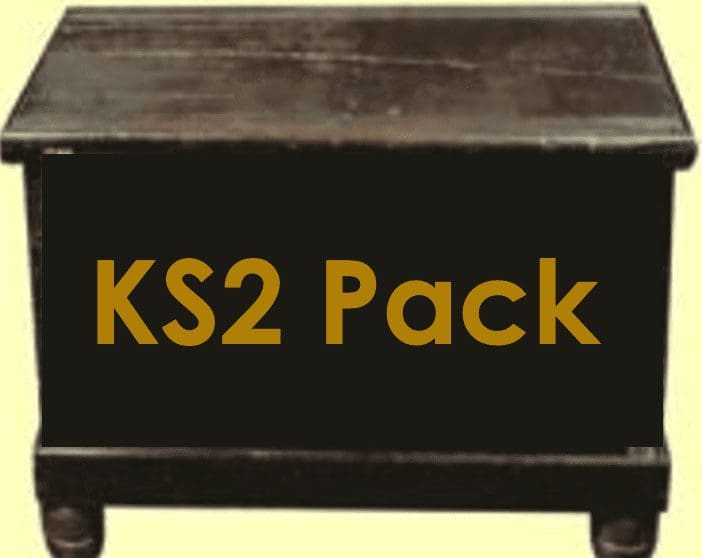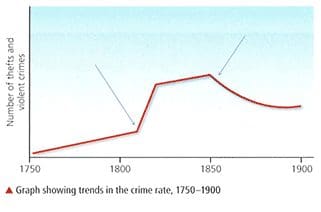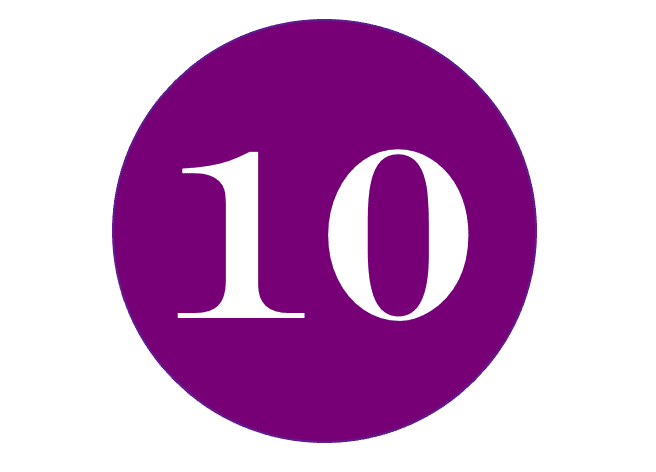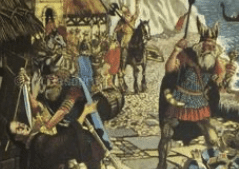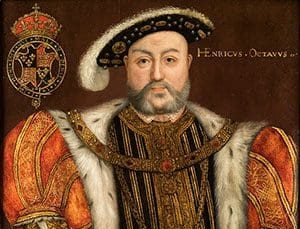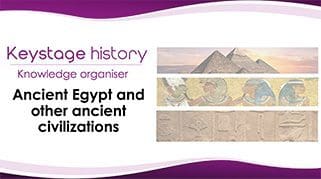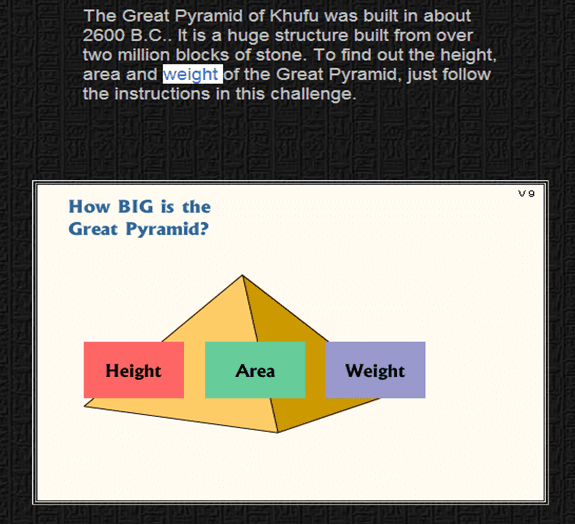
History is full of opportunities to enhance pupils’ grasp of numeracy. We don’t have to contrive examples. We do, however, need to appreciate what different historical contexts can offer and build them into our schemes of work. Rather than deal in generalities, I will give you five really good examples of numeracy in history, looking at calculation, handling data, number systems and shape and space.
Example 1: Speculating, interpreting graphs
Pupils studying evacuation during World War Two are presented with a line graph showing how the number of evacuees changed from 1939-45. There is an Outstanding Lesson on this site which shows how an inspired teacher asked pupils to speculate what the shape of the graph might be. When it was revealed, the shape came as a complete surprise and gave rise to many questions, each of which became the focus for an enquiry.

